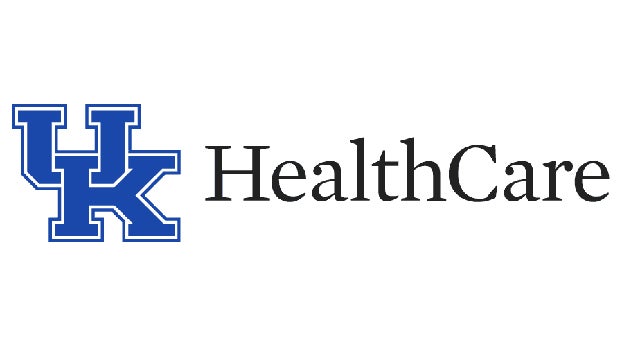You may not realize who originally reported the news you consume
Published 7:51 pm Wednesday, July 17, 2019
EDITORIAL
The Advocate-Messenger
In the past week, you’ve probably heard some local news on the radio. You’ve probably seen some breaking news on TV. You’ve probably read some news from a national news source online. What you may not realize is there’s a good chance that much of the information you got from those news sources actually came from a community newspaper.
A lot of the news that gets reported by bigger media entities is first reported by community newsrooms like ours here in Danville. Local journalists across the nation are the ones putting in the work to talk to sources, build trust with officials, obtain open records and ask important questions.
We publish our work for the benefit of our readers and our communities. Once it’s published, it often gets snapped up by other media organizations and republished for their audiences. Whether or not these secondary media outlets acknowledge the source of the story, they certainly never return any of their revenues from re-publishing back to the community journalists with boots on the ground in the communities where the news happened.
The megaphones of radio, TV and national news outlets can be great for spreading important information beyond a small community, to the region, the state, the nation or even the world. But the system as it’s built now is broken. As a result, the public’s ability to get that important information in the future is at risk.
It’s no secret community newspapers are shrinking in number around the country. More people than ever are reading the news local journalists publish, but fewer and fewer are willing to pay. That’s in part because the redistribution of local papers’ news by other media companies has helped create an assumption among the general public that news is free.
(The old adage applies — if you’re not paying, you’re the product. But that’s another editorial.)
As financial constraints cause newspapers to shrink in number and size, the public gets less in-depth reporting, which is bad news for the health and happiness of those newspapers’ communities.
It’s not good for the secondary media outlets that rely on our local reporting, either. They’re losing valuable sources of good information for their readers and listeners. With less local reporting available, secondary media outlets turn increasingly to speculative discussions, opinionated commentary and news sourced solely from press releases that skew things for one side of an issue.
There are obviously lots of TV, radio and online news organizations that do their own original, important reporting. Local newspapers certainly do not hold a monopoly on reporting facts. And as we’ve said, we can all benefit from the current ecosystem’s ability to share important, well-sourced reporting done at a local level with a much broader audience.
But the fact that bigger media organizations are in any way at all dependent on the little ones is all too often glossed over, ignored or swept under the rug. It’s time we had a conversation about our media ecosystem. We need to acknowledge the problems and begin developing solutions. We need the primary-secondary media relationship to continue, but it must become less parasitic and more mutually beneficial for everyone involved.





